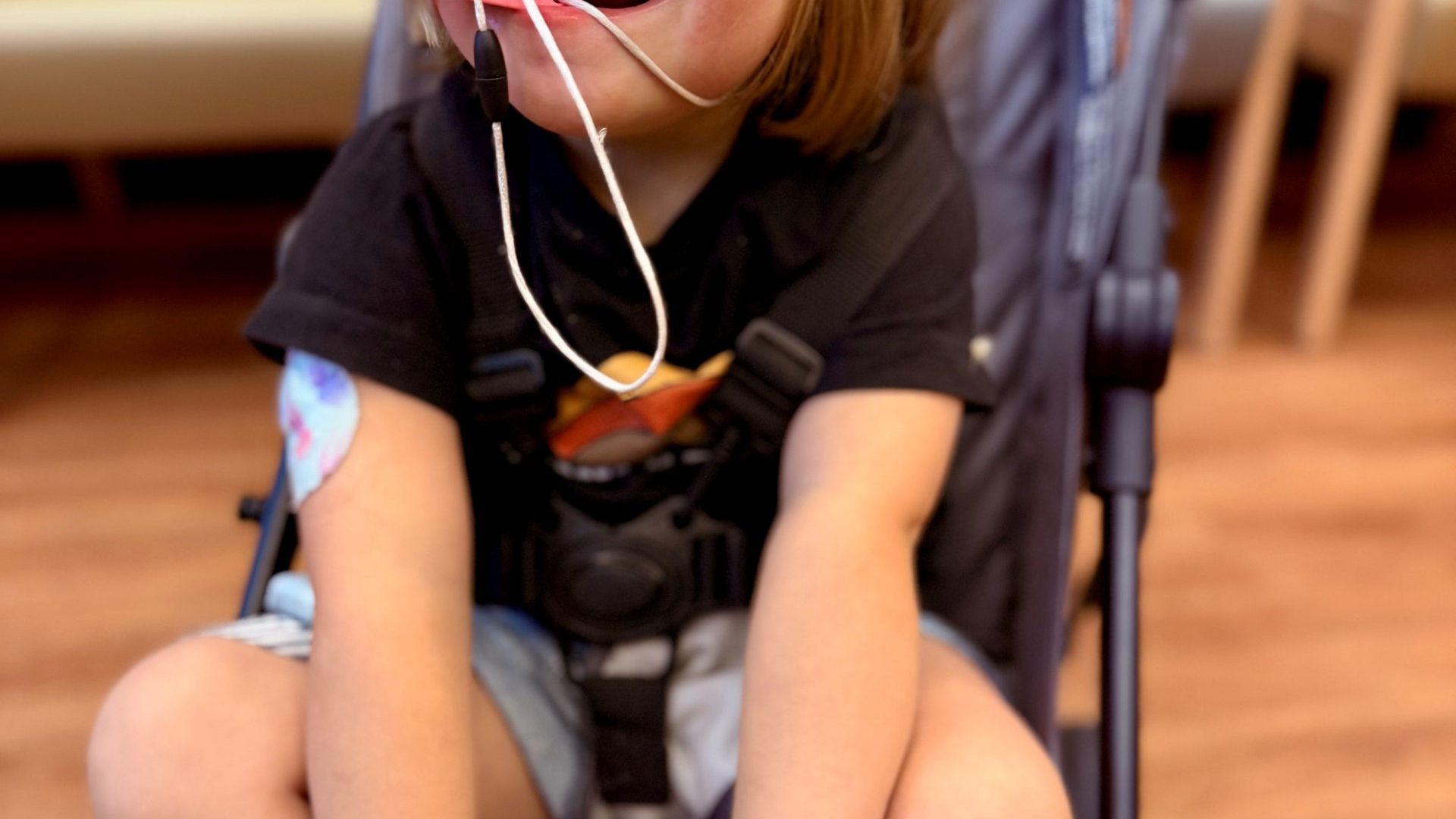Kay recently had her routine checkup with her endocrinologist — and this visit included an A1C test! If you’re not familiar with diabetes, you might be wondering: what exactly is A1C? A1C is a blood test that reflects the average blood sugar levels over the past three months. It gives a much broader picture than day-to-day readings and helps track how well someone’s diabetes is being managed over time.
For people without diabetes, a typical A1C is usually below 5.7%. For those with Type 1 Diabetes, the general target is below 7%, though this can vary depending on the individual and their care team. A lower A1C can reduce the risk of long-term complications — but reaching that number is a delicate balancing act, especially for young children. Pushing too hard can increase the risk of dangerous lows, which can be just as concerning.
Managing A1C in a 4-year-old — especially one with special needs — goes far beyond counting carbs or giving insulin. It’s round-the-clock care, constant adjustments, planning ahead, and advocating fiercely. So when we see progress — like Kay’s most recent A1C coming down — it’s not just a lab result. It’s a reflection of all the behind-the-scenes effort, love, trial and error, and teamwork that goes into keeping her safe and healthy.
That number brought such a sense of relief and validation. I’ve been doing everything I can to help keep her blood sugar more stable — from focusing on lower-carb meals to testing out creative alternatives to the foods she loves (especially the ones that send her numbers soaring).
When your child is first diagnosed, you’re often told, “They can eat anything — just cover it with insulin.” And while that sounds simple, it’s not the full story. Some foods — no matter how well you count the carbs or how perfectly you pre-bolus — can still send blood sugar skyrocketing. Kay’s beloved Cheerios are a perfect example. I’ve tried it all, but they just don’t work for her — and that’s tough, especially because she loves them so much.
So, I do my best to find balance. Most days, I aim for lower-carb meals and build in room for the occasional higher-carb item, knowing how to adjust around it. It’s not always easy — especially when Kay doesn’t understand why she can’t have the food she wants or why the substitute doesn’t taste quite the same. But slowly, we’re finding options she enjoys that don’t cause big spikes, and that’s made a world of difference.
Being a human pancreas is exhausting. It’s so much more work than anyone can prepare you for. When your child is diagnosed, you’re sent home with the bare basics — just enough to keep them alive. No guidebook. No manual. No list of helpful resources. Just a pile of supplies, a dosing chart, and a “good luck.”
I’m still learning every day. And milestones like these — even the small ones — are proof that all the effort, research, sleepless nights, and tough decisions are paying off. Kay is thriving, and we’re moving forward one day (and one blood sugar reading) at a time.



